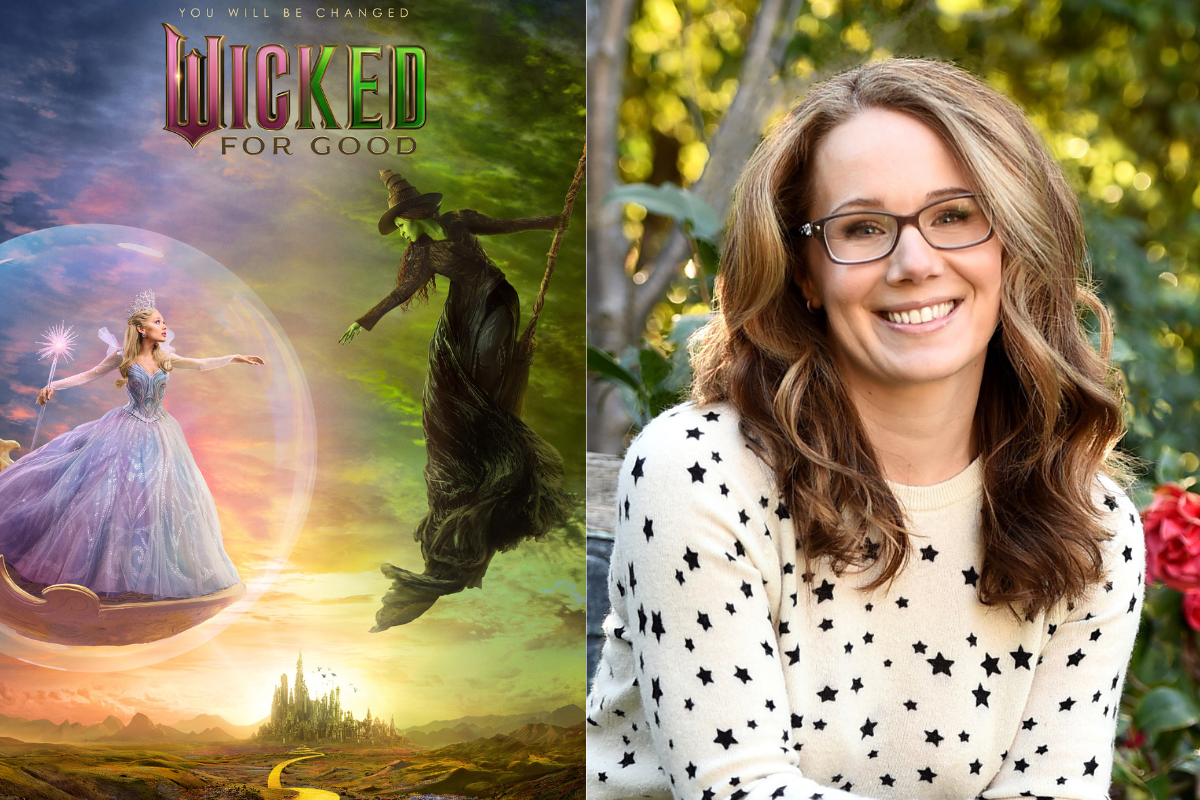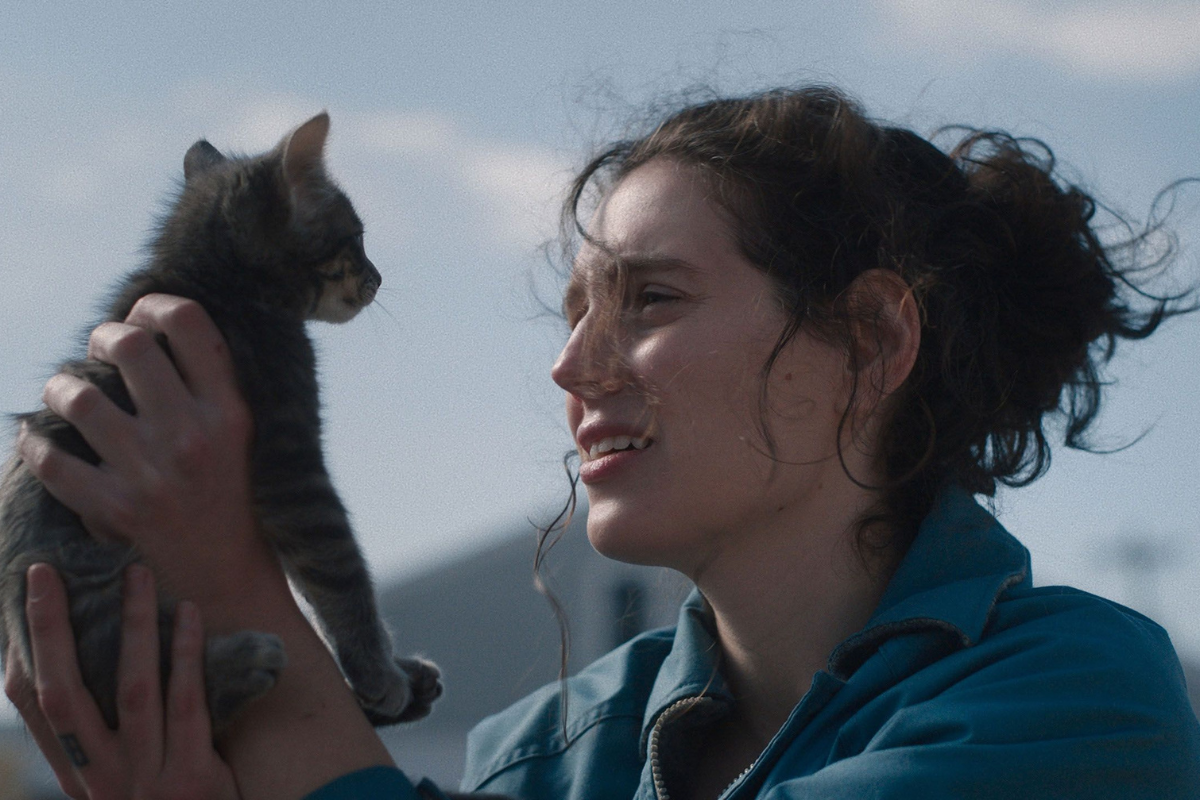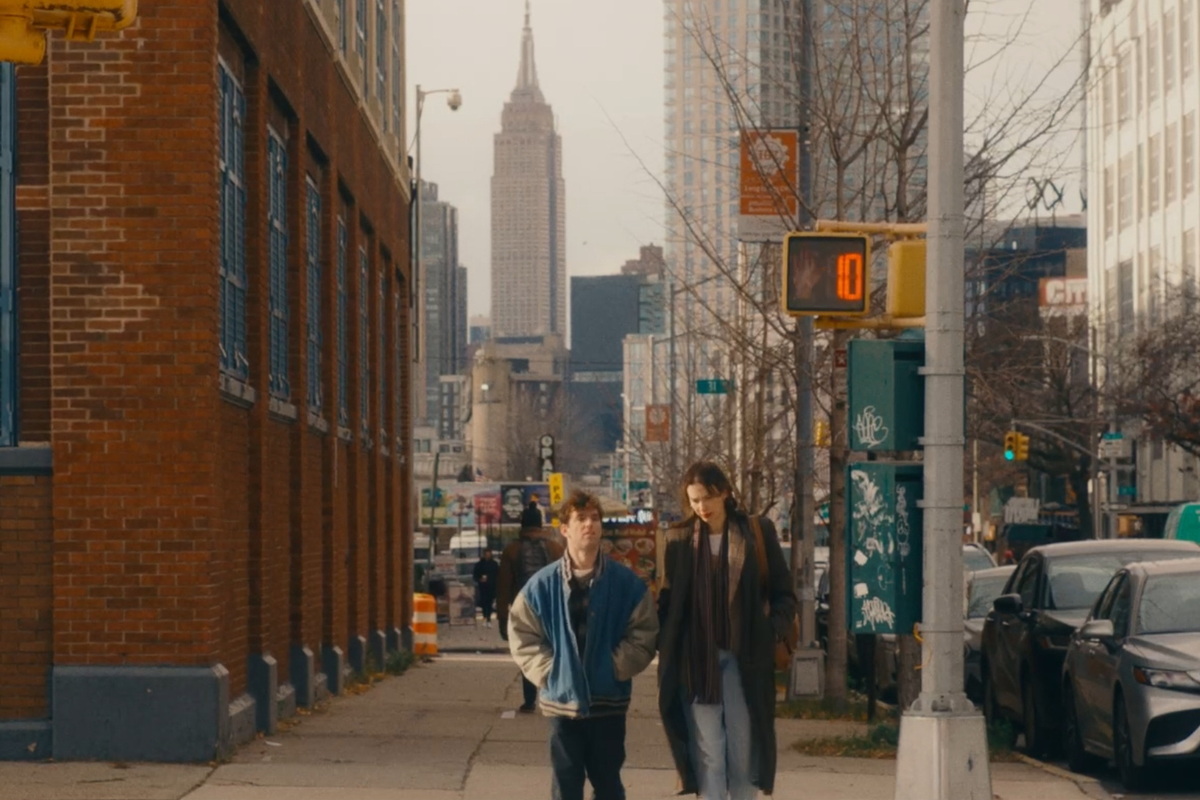Q&A with ‘Bones of Crows’ Writer-Director Marie Clements
Marie Clements talks about being an indigenous woman, screenwriter, and independent filmmaker.
Marie Clements’ 2022 film, Bones of Crows, was selected to close the 28th Annual Red Nation International Film Festival (RNIFF), where it was nominated for Best Picture, Best Director, and Best Screenplay, among others. The awards ceremony streams live November 12, 2023 on Red Nation Television Network; all RNIFF selections will stream between November 13-30.
To date, Bones of Crows—about the Canadian Residential School experience—has been nominated for 60 awards and has won 22 (and counting).
Bones of Crows: The Series debuted on Canada’s CBC this fall, so we decided to ask Clements about being an indigenous woman, screenwriter, and independent filmmaker.
What do these accolades mean—to your current film, and for future opportunities?
I’m hoping it’s a testament to the care and craft that we put into every cell of this film. I also believe audiences wanted and needed to engage in a narrative that not only spoke to history, but to the realities our families faced when it came to the Canadian Residential School experience and the Indian Boarding School experience in the U.S.
As filmmakers, we like to believe that one thing does lead to another, but in doing the work I do, coming from where I come from, it is easier to know that all future opportunities lie within myself. It is my responsibility to receive and embrace the opportunities I believe my stories deserve. In this industry, there is no guarantee except the passion I have for the stories I want to bring to the screen and the commitment I have to living up to them as a storyteller.
What went into writing the initial draft of Bones of Crows ?
Bones of Crows was originally a four-part miniseries, which became a five-part miniseries that was pitched to the Canadian Broadcasting Corporation. There had never been a dramatic television series that looked at the Residential School experience in Canada, let alone one that looked at it through a multi-generational lens. I wrote the pilot and then was greenlit to write the other four scripts…. We were very close to finalizing funding on the miniseries, but we had a serious financial gap and our network suggested we write a feature for an upcoming application to Telefilm [a feature film funding organization in Canada]. This would close that gap, and if successful, we could release the film first and then follow up with the television release of the miniseries.
Due to the application deadline, I had ten days to really look at all the material I had generated into the five hours of television scripts, and from that, start to carve out a film that centered on the main character, Aline. It was a great challenge to write and rewrite it in a different genre, to speak to a different audience.
What kind of research was involved?
The story has been inside me for a very long time. It is within our families, and it is evolving. That said, we also had a team of researchers, Elders, and Cultural Keepers who were with us from early development through post-production.
People don’t necessarily understand how very close this experience still is within our families. Every single Indigenous performer and every single Indigenous crew member that worked on Bones of Crows had at least one family member that went to residential school. I think it’s safe to say every single Indigenous person you have or will ever meet in Canada has family that has gone through residential school.
Could you have achieved the same degree of representation on both sides of the camera had you not directed and produced?
I believe myself, the other executive producers, and the associate producers understood it was an Indigenous production, lead produced by an Indigenous company, told by an Indigenous creator and showrunner. Bones of Crows was telling an Indigenous story through an Indigenous point of view. We had a predominately Indigenous cast and understood that we also wanted representation behind the scenes. The pursuit was to have as many Indigenous and BIPOC lead creatives and crew members behind the scenes as possible, to give some Indigenous creatives an opportunity to be a lead creative, and to open the doors for younger Indigenous talent to walk through. This had to come from the top; as producers we were setting a new world order that outlined representation and equity as things we had to plan and strive for every day. We insisted that every department held true to that vision in a practical way. We asked, 'who can be hired that has the experience but has never had the opportunity?'; 'who has the talent but needs support in the engine of film and television'”; 'who can move from one related field into film and television and how we can support their success?'
SXSW 2023 - A Cathartic Moment of Love and Connection: A Conversation with 'Fancy Dance' Director and Co-Writer Erica Tremblay
There is absolutely no way we would have come close to achieving the results we did had I not directed and produced the film, and had I not been able to share this same muscular vision with fellow executive producers Trish Dolman and Christine Haebler, and associate producers Leena Minifie and Kerriann Cardinal.
What parallels are there between being a female writer-director-producer and a native writer-director-producer?
Women in the business share a lot of the same challenges and I think this is the reason we often become great allies. I think the biggest difference is often registered by entering a room and looking around. Obviously, there are a lot of men, and then there are women who have fought and taken their space after some very hard-won years. Then there are a few brown people and if you are really, really, lucky you might look over and see another Indigenous face. Access is literally what it looks like. You have to read the rooms.
What do you want non-native audiences to take away from Bones of Crows (film or series)?
That although Bones of Crows is about an Indigenous family dealing with the reality of residential school over generations, it is also about our shared history. It is about survival but also resilience.
Revisiting History through 'unCIVILIZED'
How do you keep storylines and details organized?
It depends on what I’m writing. Sometimes…the storyline is already organized inside of me. Or a layer of that story is and then I have to go in and weave other narratives through. Sometimes I have to organize all of the beats before, but most of the time I tend to write what I know and learn what I don’t in the process. I usually have sticky notes so I can write down ideas that come to me in the day, or small scenes, or clues to a break that I’ve been struggling with, and then when I’m ready to write it’s there to go in on. I usually research like crazy—anything and everything to do with the world of the characters—and consume everything in my world that addresses or describes theirs.
What’s your advice for screenwriters from underrepresented cultures who want to tell their stories in their own voices?
It starts with the word. Tell stories you have to tell and live up to them. The rest will follow.
Learn more about the craft and business of screenwriting and television writing from our Script University courses!
Paula Hendrickson is a full-time freelance writer who has covered the entertainment industry for over 20 years as a regular contributor to Emmy, Variety, and Creative Screenwriting. Conducting and transcribing thousands of interviews—including conversations with some of film and television's top writers and producers—honed her strong ear for dialogue. Paula’s short plays have been selected for festivals at West Side Show Room (Illinois), Bonita Springs Center for Performing Arts (Florida), and Durango Arts Center (Colorado). Her monologue, The Dance, is included in Venus Theatre’s anthology Frozen Women/Flowing Thoughts (Palmetto Press, 2024). Website: HendricksonWrites.com. Twitter/X: @P_Hendrickson. IG/Threads: @Paula1Knit2







